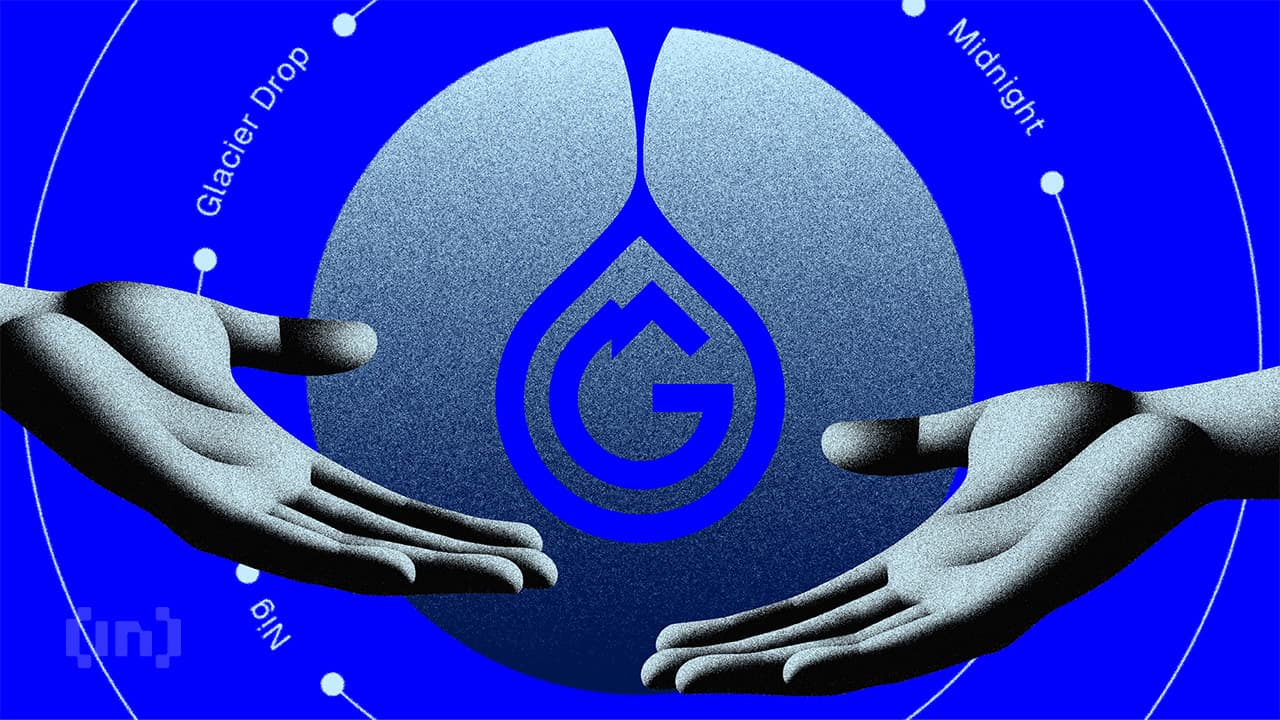Latest Crypto News
Trending now

Kraken Acquires Breakout Trading Platform, Is An IPO Next?
- Kraken acquired Breakout to offer funded crypto trading with $200,000 in credit and a 20 percent profit share.
- Users speculate that the deal signals groundwork for a possible Kraken IPO following Circle’s success.
- Breakout’s community celebrates the buyout, while Kraken’s users question the synergy with existing offerings.

BAY Miner Launches AI-Powered Platform for Smartphone-Based BTC and ETH Mining
Once, crypto mining turned into a sport for those with deep wallet and excessive-tech setups. Expensive rigs, sky-excessive energy payments, and non-prevent noise defined the method. For everyday users, this world felt far away. Now things have changed. With BAY Miner’s AI-powered platform, your smartphone becomes a gateway to Bitcoin (BTC) and Ethereum (ETH) mining.

ADP Jobs Report Could Break Bitcoin’s $107,000 Lifeline | US Crypto News
- Bitcoin trades near $111,000 as markets brace for the ADP jobs report, with $107,000 seen as a critical lifeline support zone.
- Weak labor data could boost rate-cut bets and spark BTC rallies, but sharp downside surprises risk panic and accelerating losses.
- Resistance looms at $113,500, with analysts warning traders to expect heightened volatility ahead of Friday’s NFP report.

Cosmoverse 2025 Heads to Split, Croatia – Connecting Global Web3 Leaders with Institutional Voices in Southeast Europe
Cosmoverse, the flagship conference for the Cosmos blockchain ecosystem, is officially coming to Split, Croatia, from October 30 to November 1, 2025 at Le Méridien Lav. In its fifth edition, Cosmoverse 2025 marks a strategic milestone for Southeast Europe, bringing together blockchain pioneers, institutional leaders, and developers to explore the future of sovereign infrastructure, interoperability,

Best Crypto Platforms in the US to Watch in 2025
With so many options around, choosing the best crypto platform in the US is surely not easy. There are quite a few considerations to make — ideally, you would want to balance fees, security, choice of assets, and compliance, among other factors.
Your overall investment/trading experience and profitability depend a lot on the platform you choose, especially now with gradually tightening regulations and more mainstream adoption. This guide covers the top platforms available to you in 2025, their unique strengths, and what you should consider before making a choice.

$250M TON Buyback Announced: Will It Break Out?
- TON gains momentum from a $250 million buyback program and a $100 million treasury strategy focused on the Telegram ecosystem.
- Price consolidation in a triangle pattern suggests a potential 50% breakout, but heavy sell walls block progress near $3.4–$3.5.
- Failure to clear resistance could send TON back to $3.0 or even $2.68, making volume and demand the key bullish triggers.

Is Michael Saylor’s Bitcoin Empire Built on Dilution, Debt, and Financial Risk?
- Strategy holds 636,505 BTC but faces $8.2 billion debt and $735 million in dilution, fueling criticism over Saylor’s reliance on debt and equity sales.
- Arkham linked 97% of its Bitcoin wallets, exposing $60 billion in reserves but raising systemic risk concerns if large transfers spook markets.
- Critics warn dilution erodes trust and amplifies volatility, while Saylor frames it as converting fiat liabilities into long-term Bitcoin dominance.

Is Pi Coin Price Attempting Another Cup-and-Handle Breakout? One Level Decides It
- The Money Flow Index has rebounded to 66 and could confirm bullish control if it crosses 75, signaling sustained dip buying in Pi Coin.
- Bull–Bear Power readings have turned green, showing bulls are building momentum as they did before the August breakout to $0.39.
- A potential cup-and-handle pattern is forming on the 4-hour chart, with $0.39 as the neckline that decides whether an up-leg of nearly 19% can trigger.

Bitget and Bitget Wallet Support Trading of Over 100 Tokenized Assets via Ondo Finance
Bitget, the leading cryptocurrency exchange, as well as Bitget Wallet, the self-custodial crypto wallet, have launched live trading of tokenized real-world assets (RWAs) within their respective apps through the official integration with Ondo Finance. This makes the respective companies among the first to provide access to tokenized stocks and ETFs for users outside of the

Why is The Crypto Market Down Today?
- Crypto market cap drops $40 billion to $3.77 trillion, with TOTAL testing August support at $3.73 trillion as bearish pressure threatens further losses.
- BTC slips 0.06% to $110,684 as trading volume plunges 20%, signaling weaker buyer participation and risk of deeper downside.
- Trump-linked WLFI crashes nearly 20%, while Ripple expands Thunes partnership and Cardano’s Hoskinson faces U.S. congressional summons.



